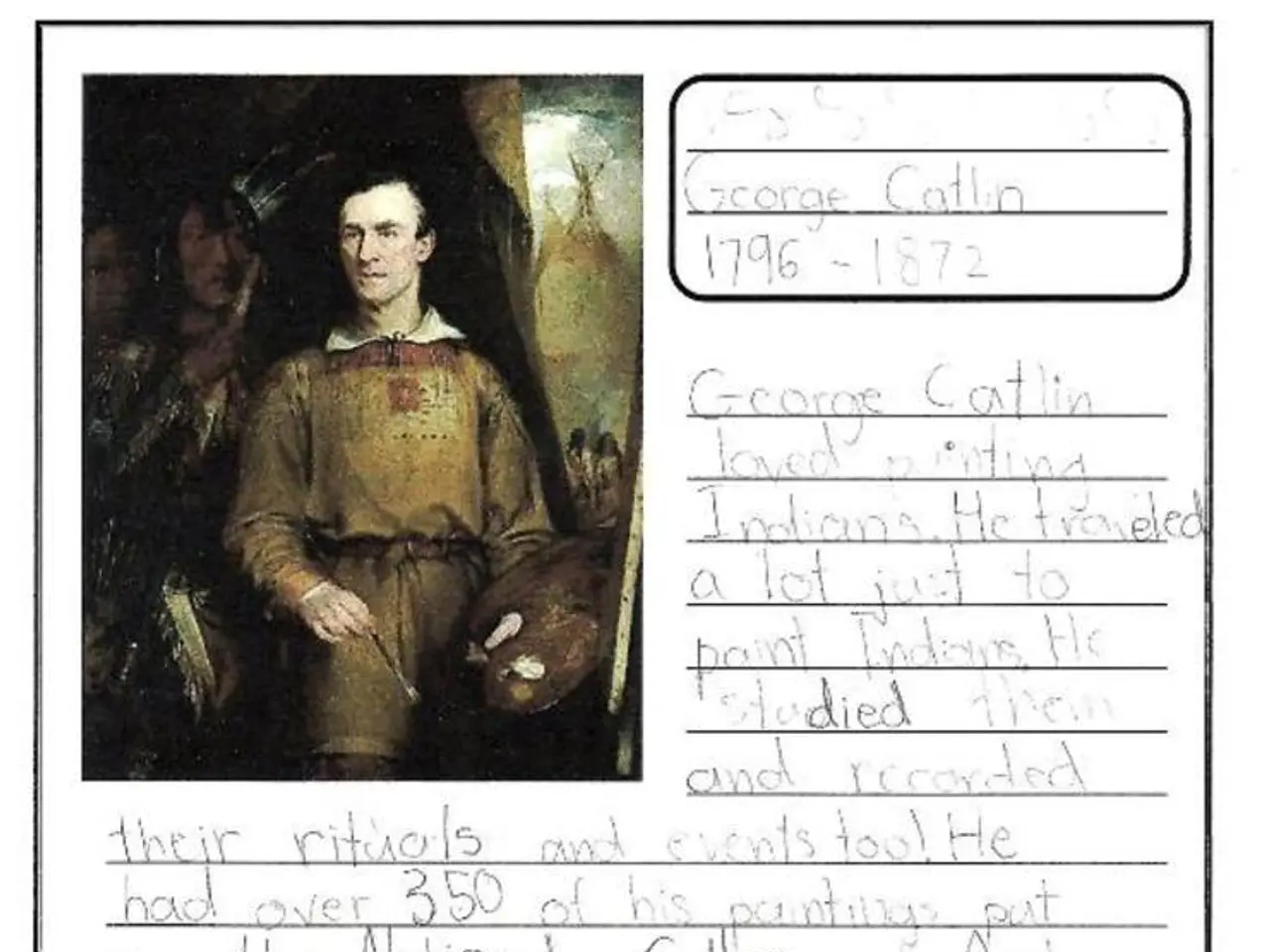Ancient Beliefs Reflected in Myths and Folklore: A Cultural Perspective
In the intricate tapestry of human history, myths and legends have played a pivotal role, serving as both cultural reservoirs and historical records. These timeless stories not only preserve the essence of the human experience but also contribute significantly to shaping cultural identity and bridging cultural divides.
Myths and legends are integral components of a culture's heritage, transmitting cultural values, customs, and beliefs across generations. They encapsulate the history, traditions, and collective experiences of a community, thereby defining its identity [1][2]. By celebrating unique stories and traditions, they foster a sense of cultural pride and unity among community members. Often used in nationalist movements, they reinforce national identity [1].
Education and social commentary are also essential aspects of myths. They are taught in educational settings to pass on cultural knowledge and can serve as tools for social commentary, challenging dominant narratives and promoting social change [1]. For instance, the Ramayana in Hinduism reinforces cultural beliefs and societal norms in Asian cultures, while the Arthurian legends cemented the values and ideals of chivalric conduct in medieval British society.
Myths and legends from different cultures share common themes, reflecting universal human fears, desires, and values. This shared content underscores the interconnectedness of human experiences across cultures [2][4]. For example, the Maori story of Ranginui and Papatūānuku reveals cultural priorities and the importance of family and connection to the natural world, while the Marvel Cinematic Universe's portrayal of Thor introduces ancient Norse myths to an entirely new generation.
Despite their cultural specificity, myths and legends address fundamental human questions about the origin of the world, the nature of humanity, and the meaning of life. This universality helps bridge cultural divides by highlighting shared human concerns [3][5]. Aesop's Fables, originating in ancient Greece, deliver moral messages through simple stories involving talking animals, serving as a testament to the timeless appeal of these stories.
The preservation of myths and legends is essential for maintaining cultural heritage, acting as a bridge between the past and the present. Efforts to preserve these stories ensure that future generations remain connected to their ancestral beliefs, fostering a continuing conversation between past and present. La Llorona in Latin American folklore serves as a cautionary tale warning children to stay near home and heed parental guidance, while understanding the genealogical chart is essential to understanding inter-deity relationships and mortal connections in Greek mythology.
In summary, myths and legends are essential for shaping cultural identity by preserving cultural heritage and promoting unity, while also contributing to the shared human experience by highlighting universal themes and values that transcend cultural boundaries. They offer insights into human nature and cultural beliefs, making them fundamental to understanding our cultural identity and shared human history. These stories continue to captivate and inspire, underscoring their enduring relevance in contemporary society.
- The fashion and beauty industry often draws inspiration from myths and legends, incorporating cultural symbols and narratives into their designs, celebrating unique stories and traditions.
- Food and drink are also influenced by myths and legends, as many traditional recipes are passed down through generations, carrying cultural values and beliefs.
- Travel experiences can be enriched by exploring places steeped in myth and legend, providing opportunities for personal growth and cultural immersion.
- Books, whether fiction or non-fiction, often delve into the world of myths and legends, allowing readers to delve into diverse cultural mythologies and expand their understanding of different perspectives.
- Career development can involve working in fields such as entertainment or pop culture, which are heavily influenced by myths and legends, offering opportunities for storytelling and bringing these timeless tales to new audiences.
- science-fiction and fantasy literature often reinterprets myths and legends, placing them in futuristic or fantastical settings, sparking imagination and fueling discussions about human nature, culture, and the meaning of life.




